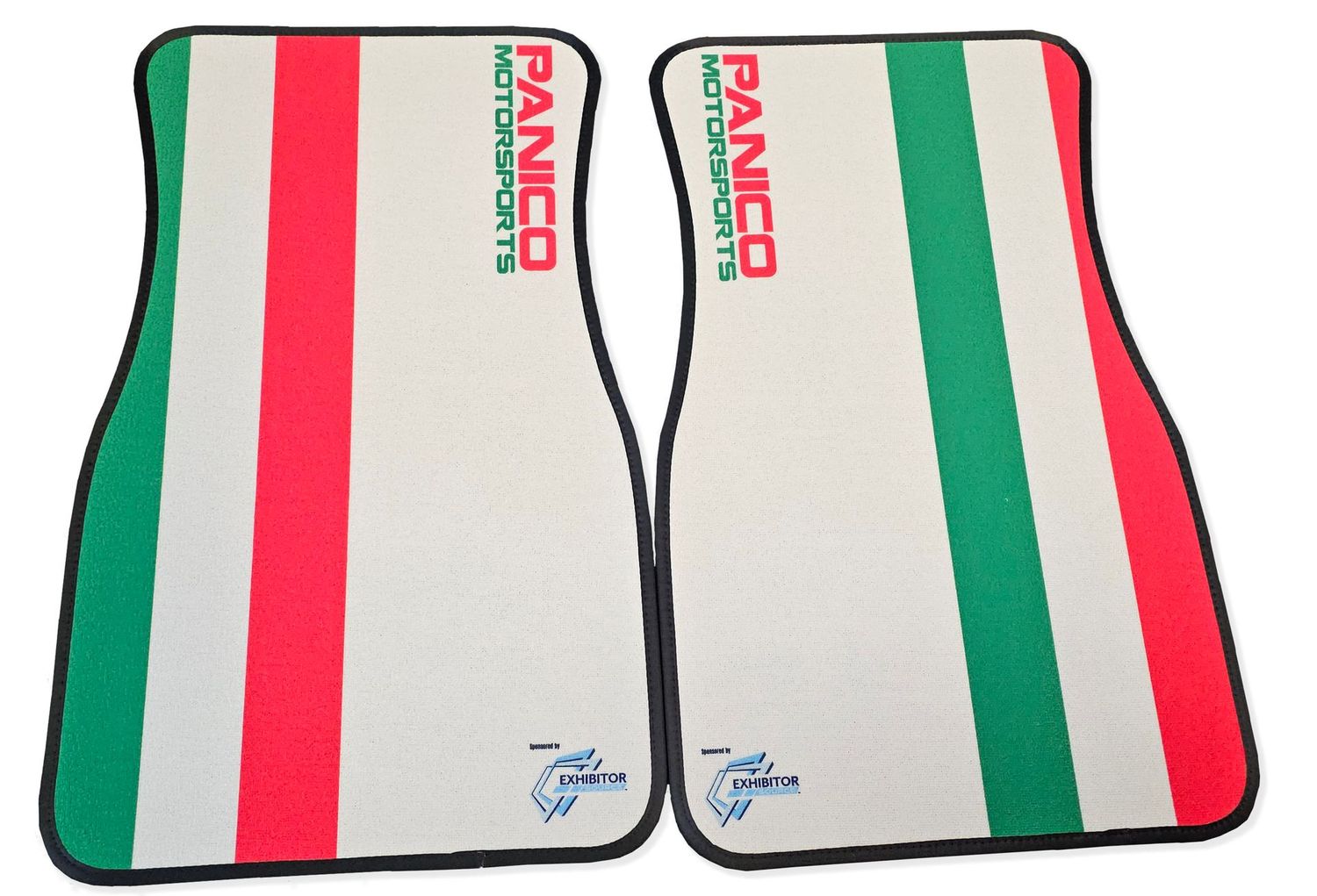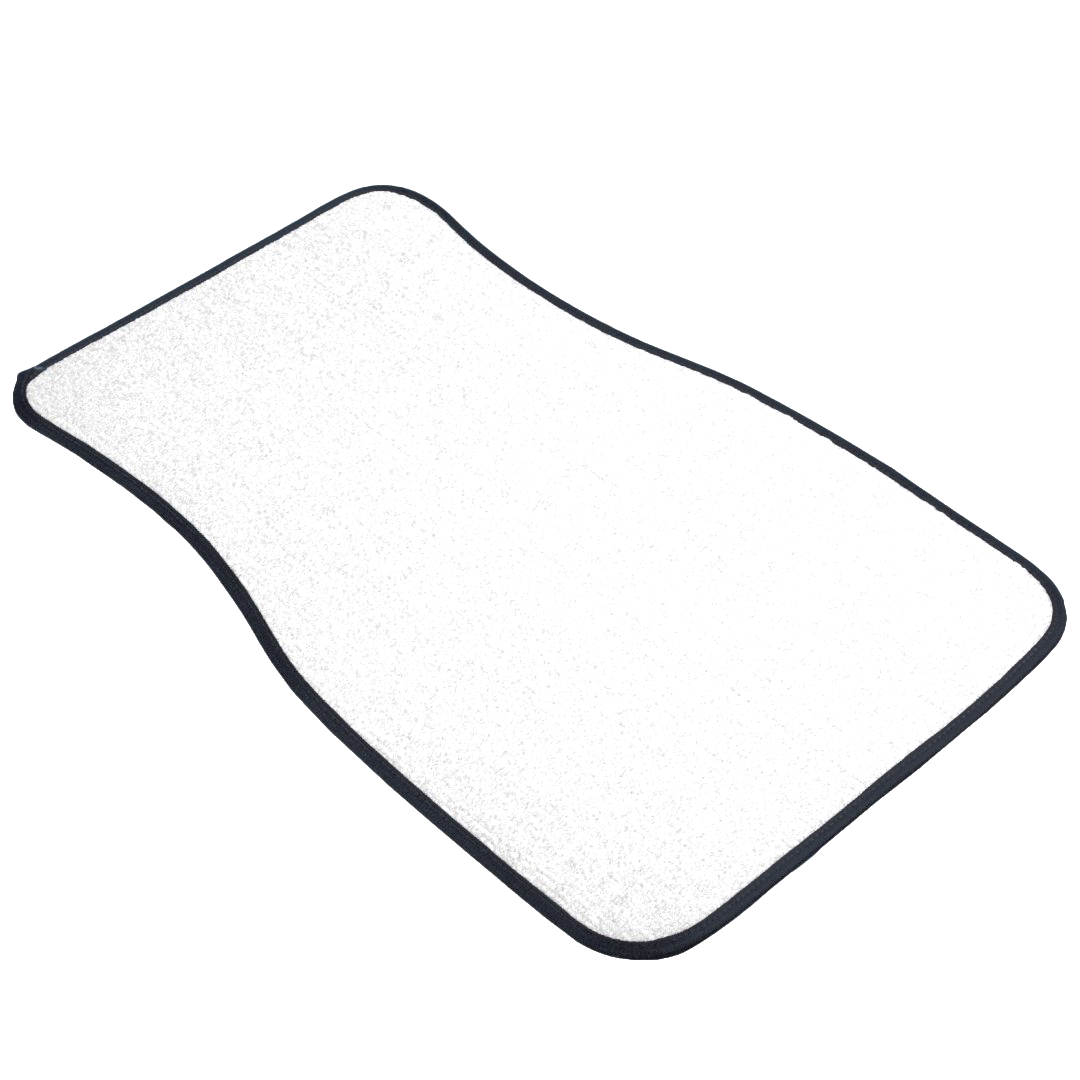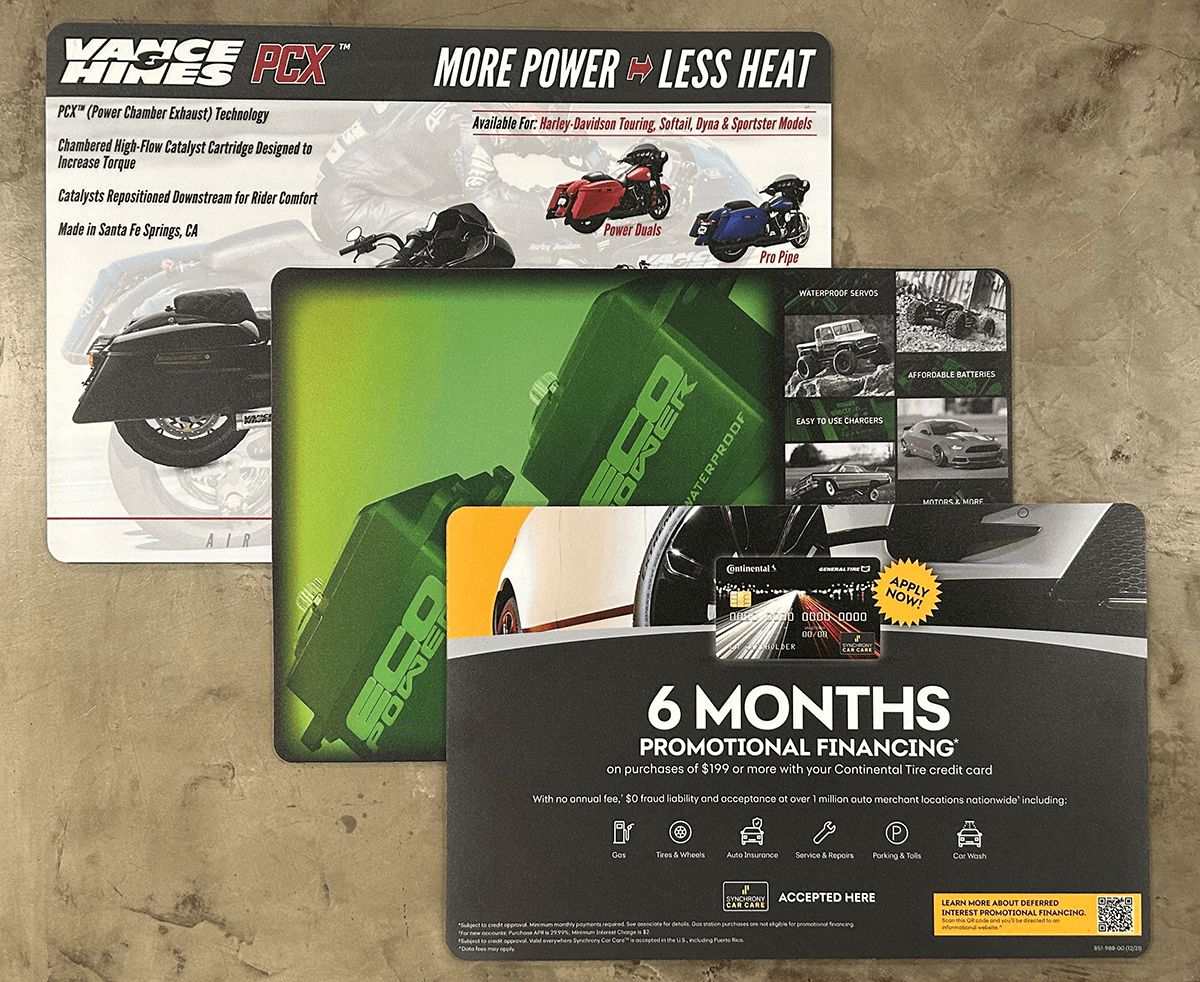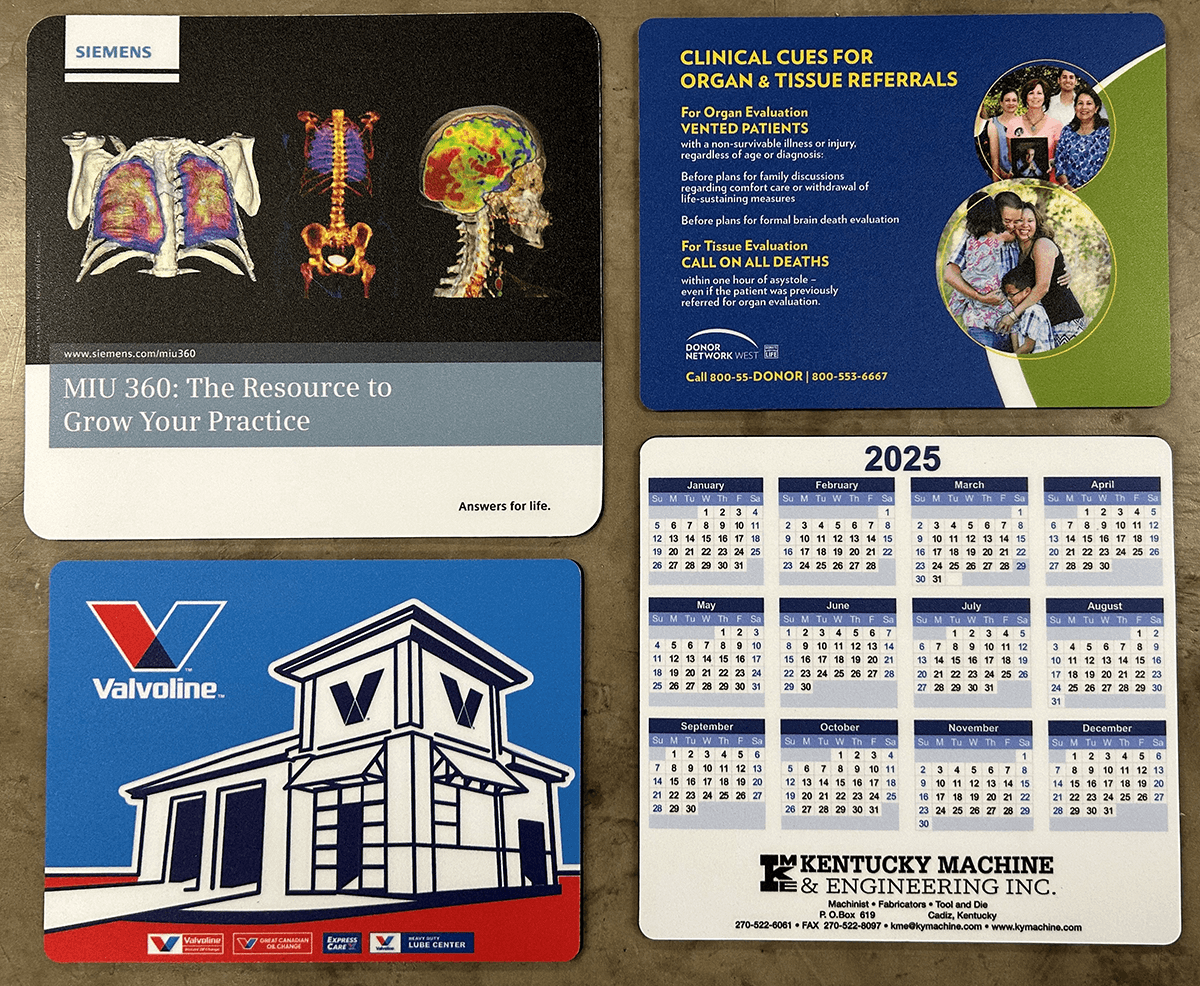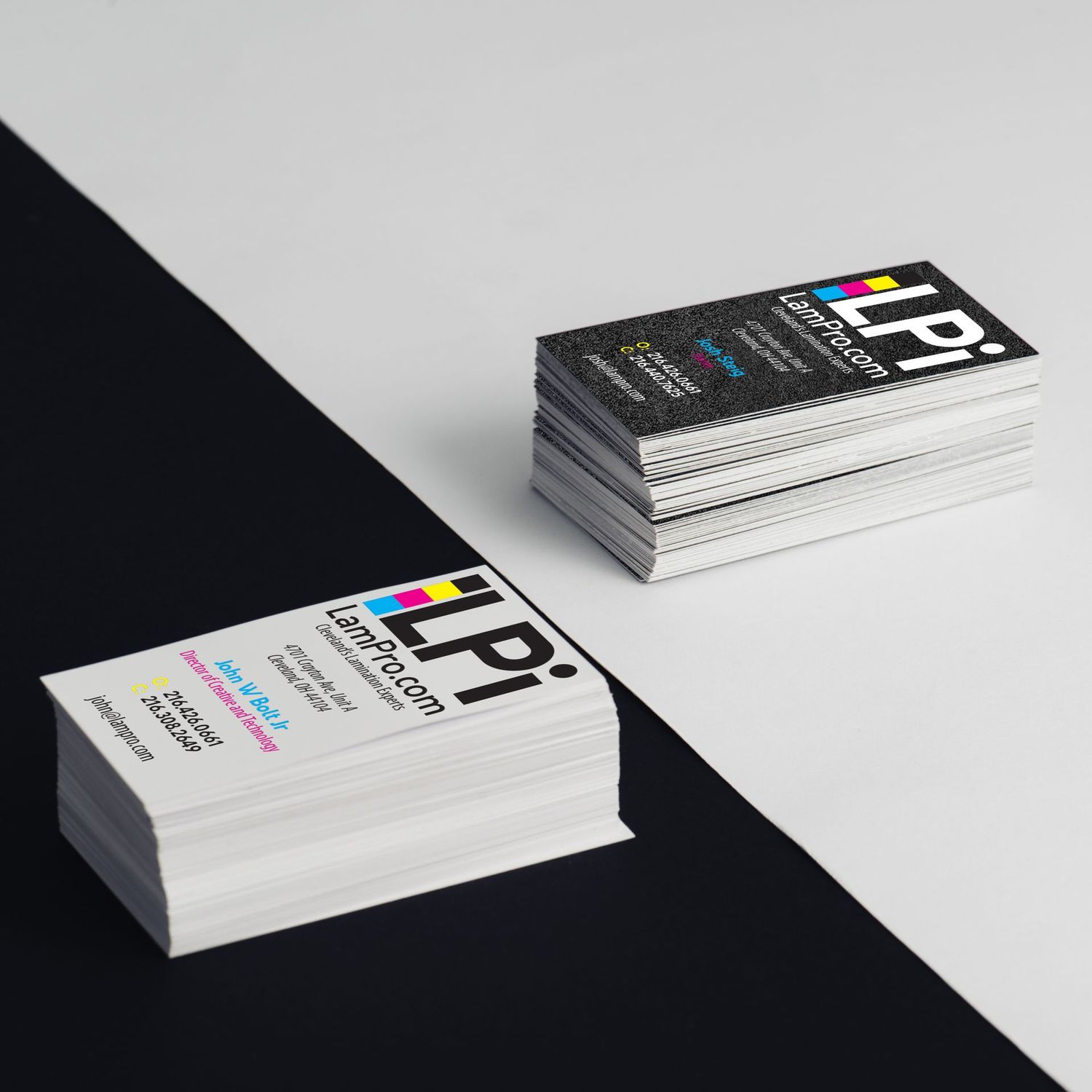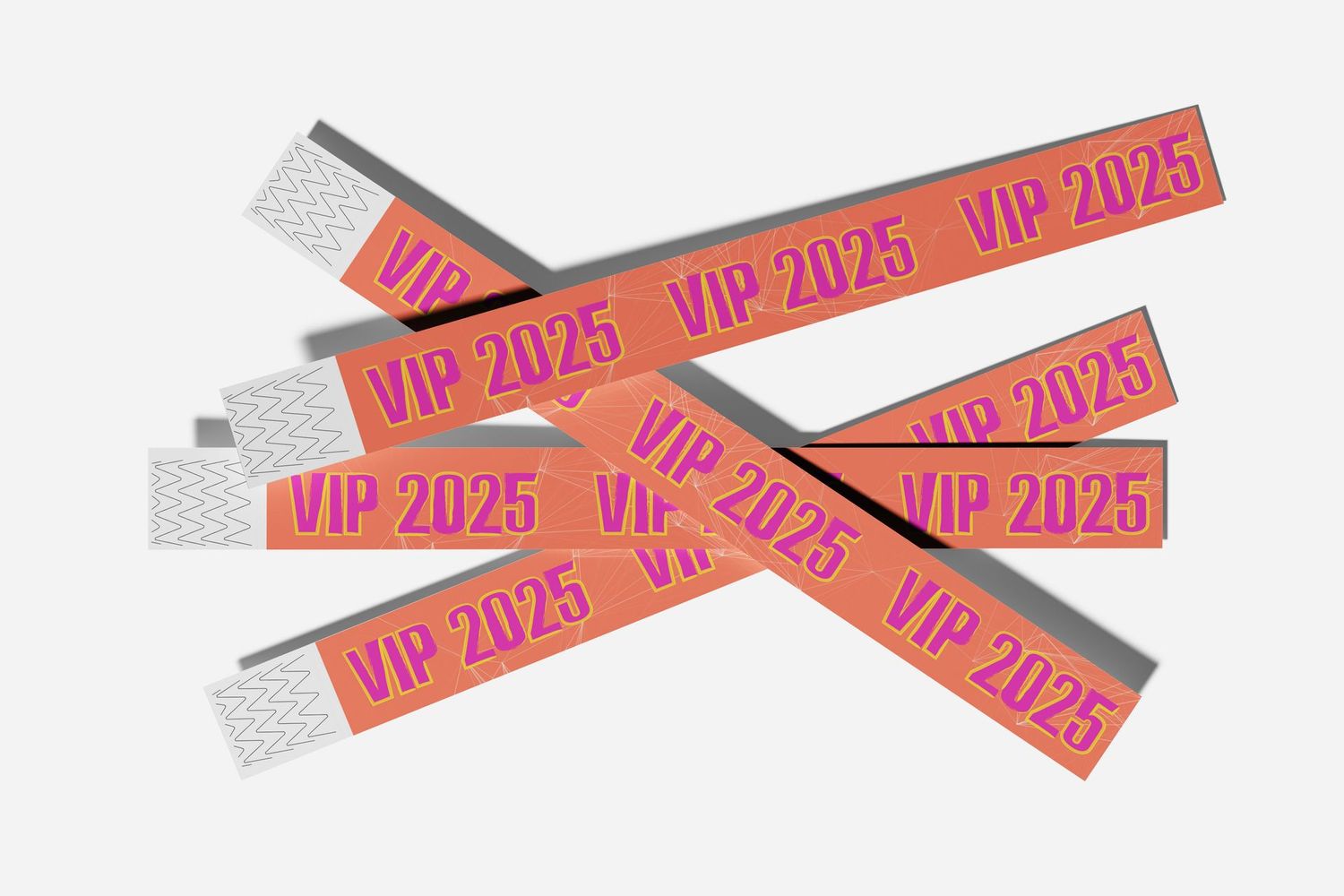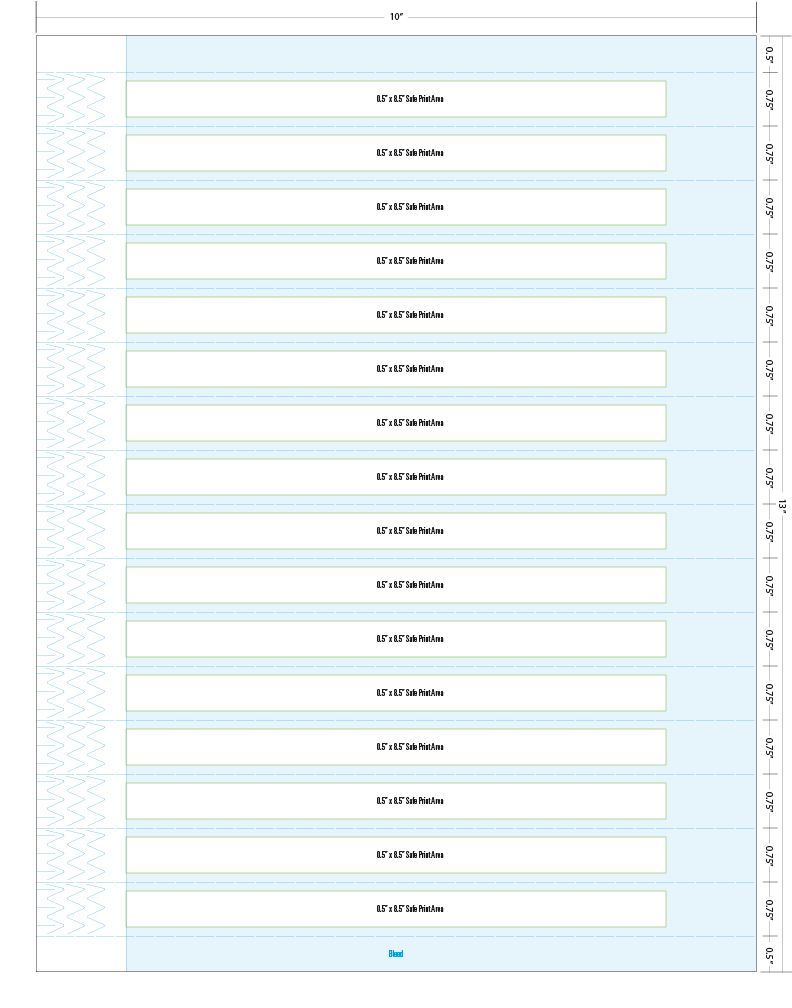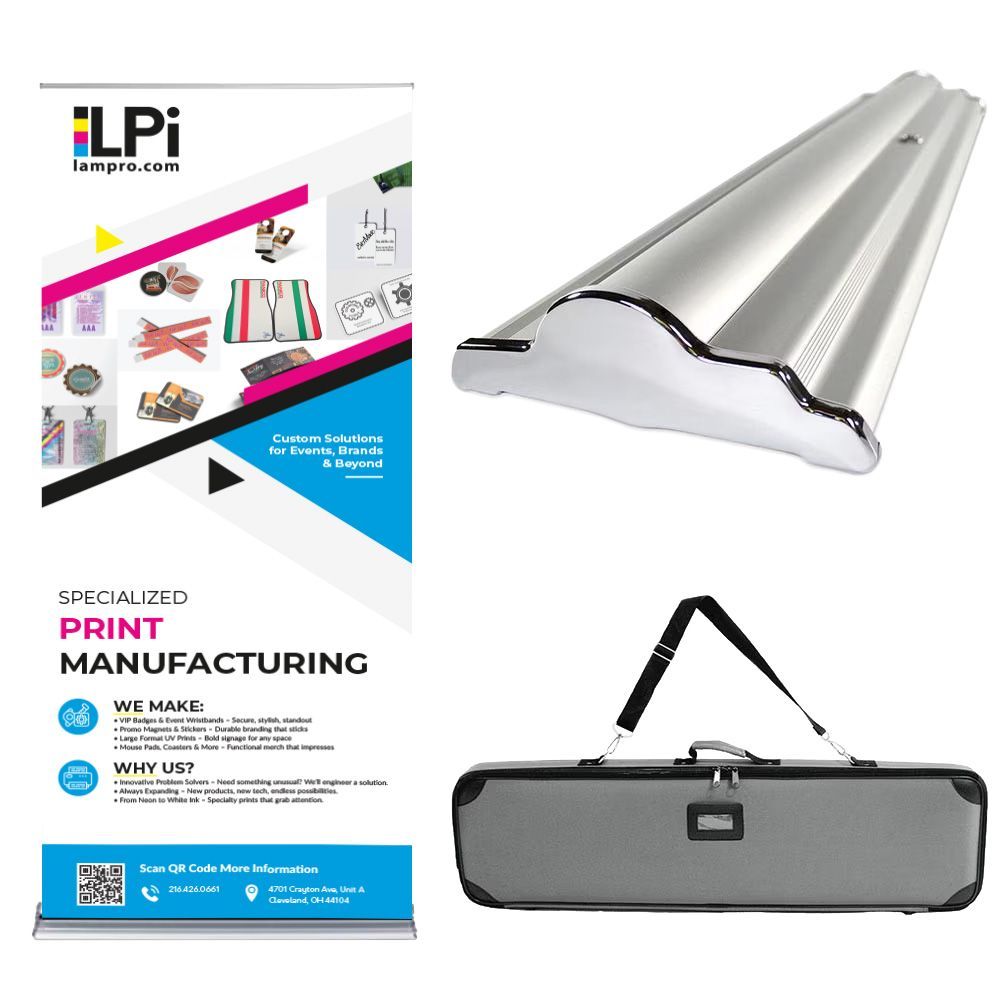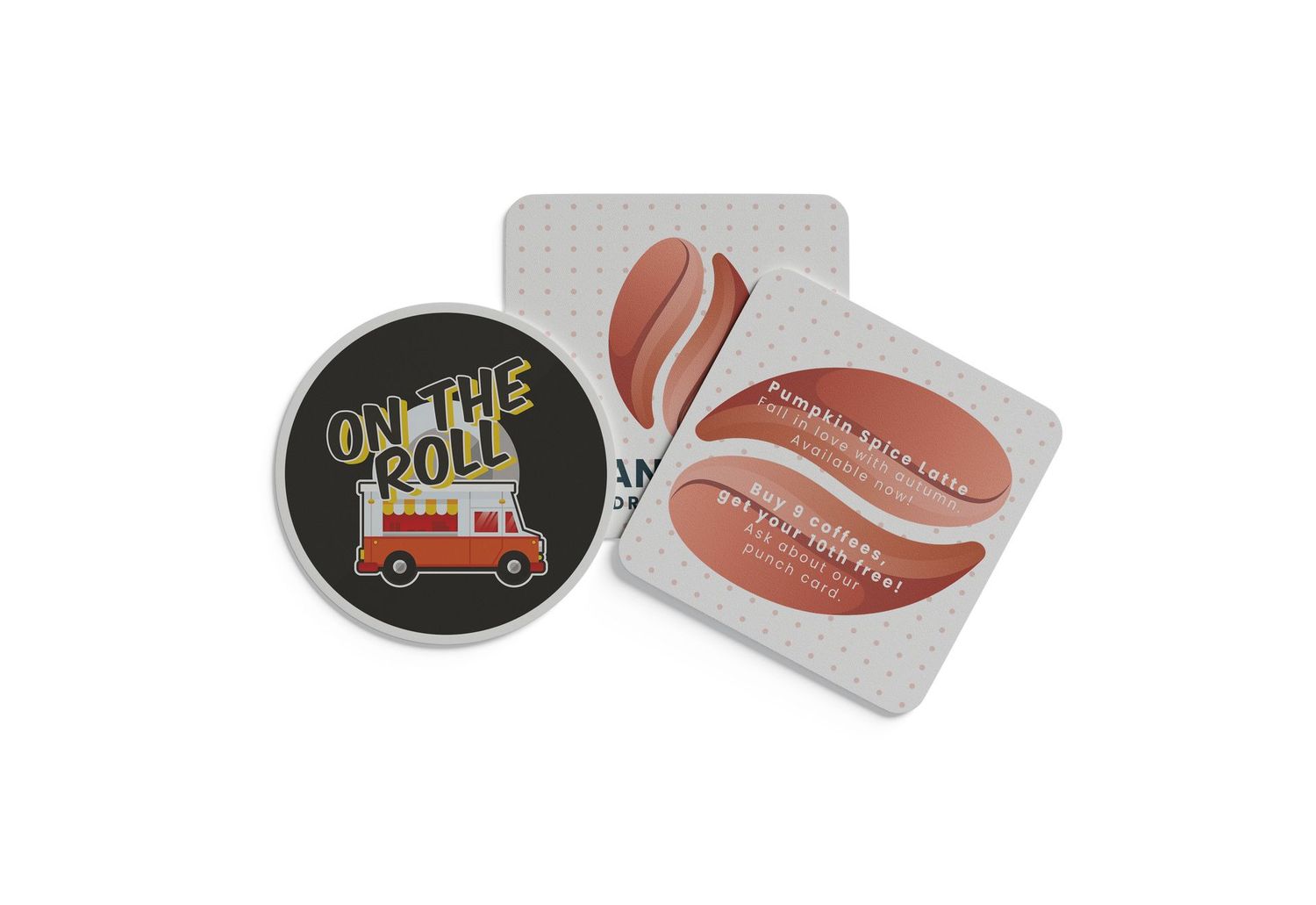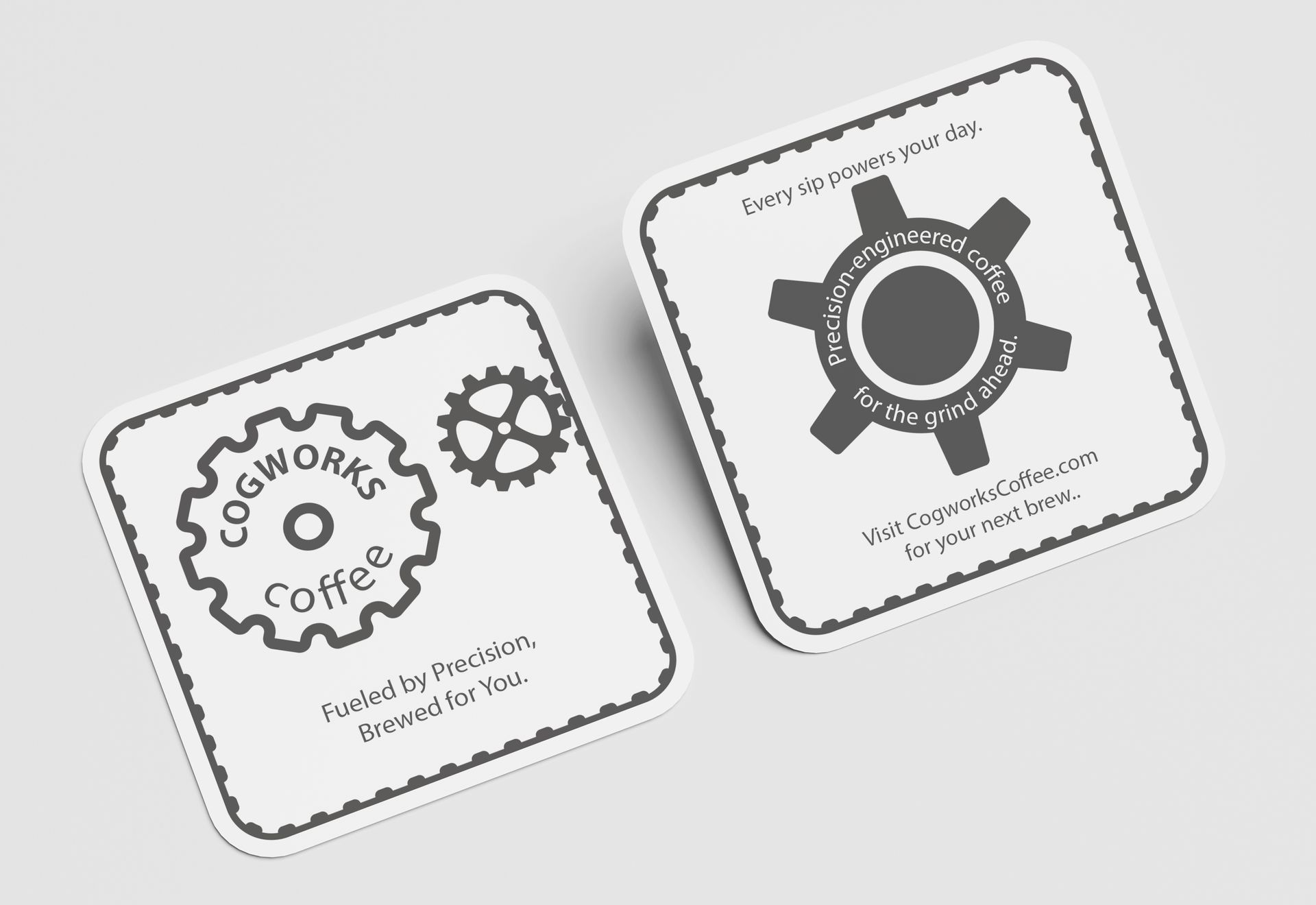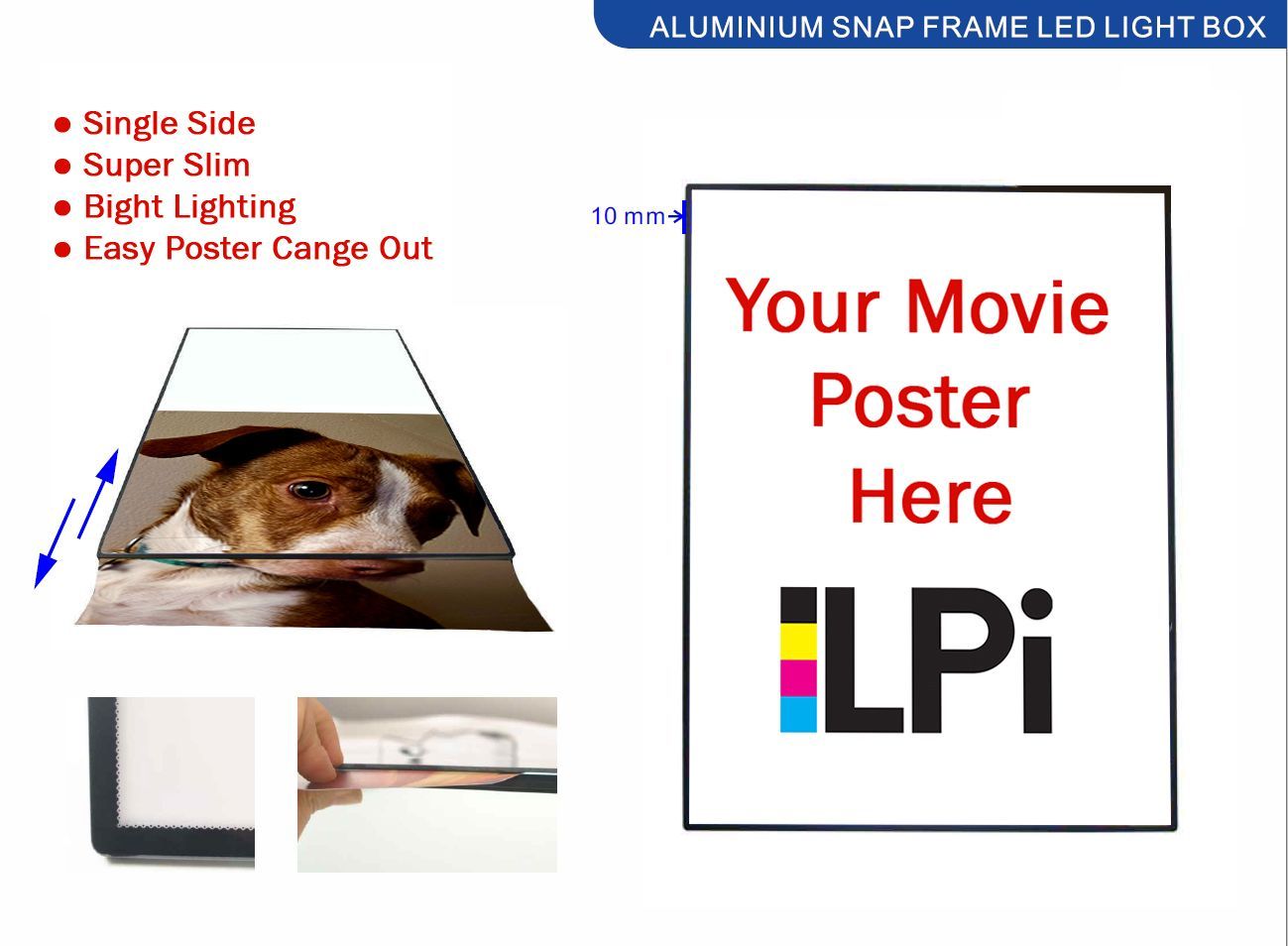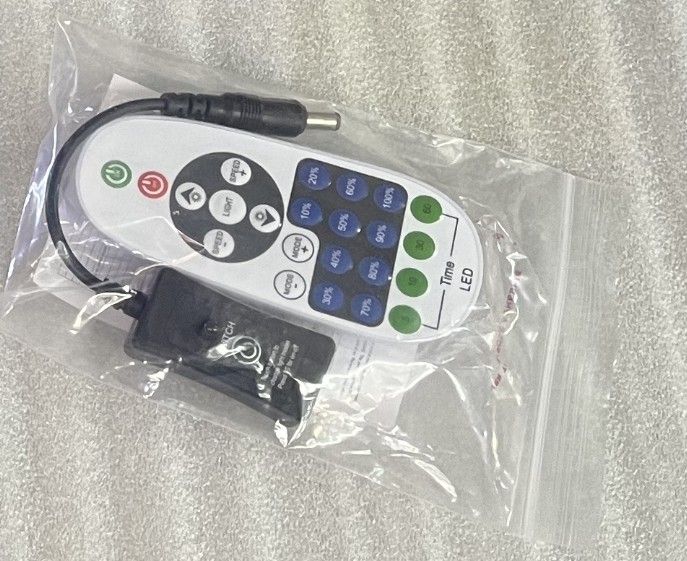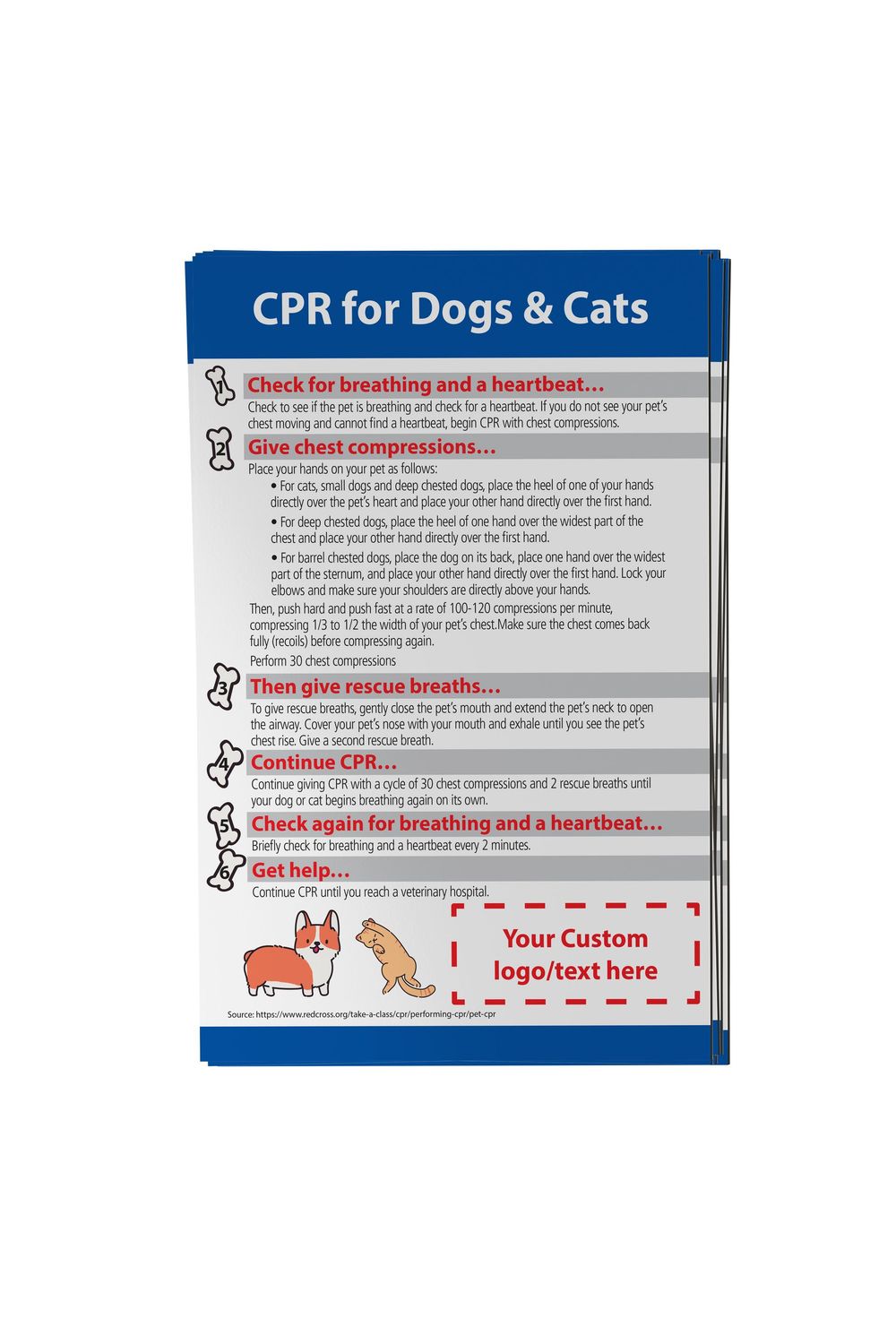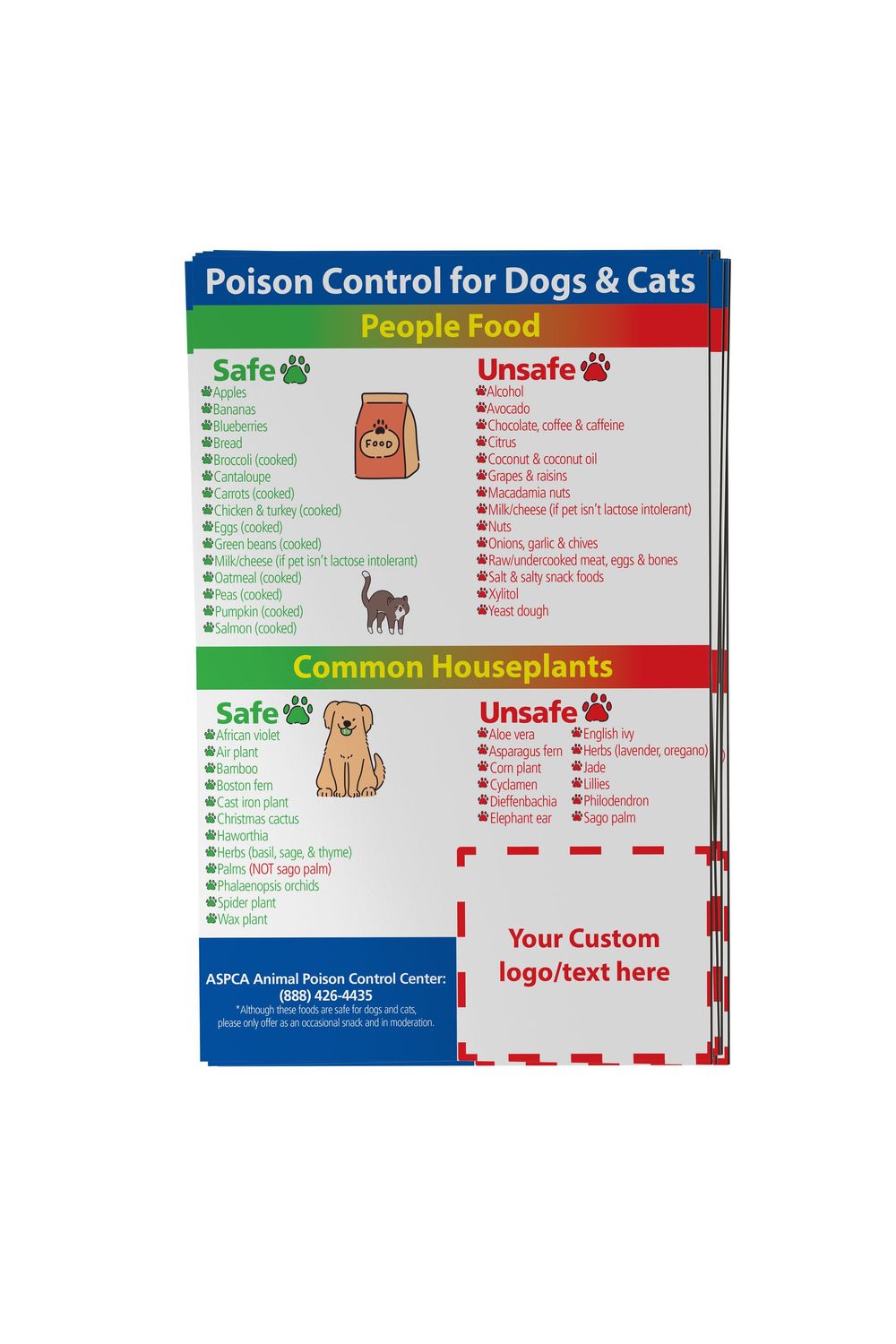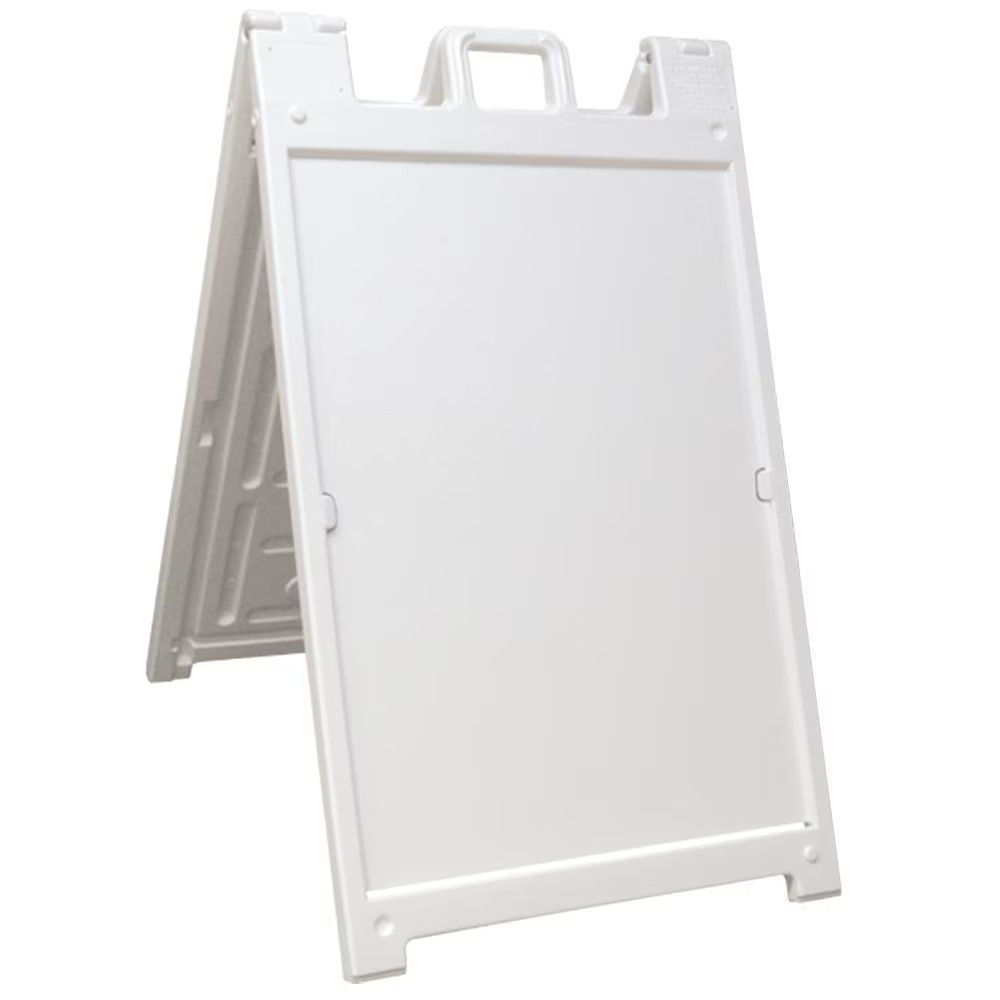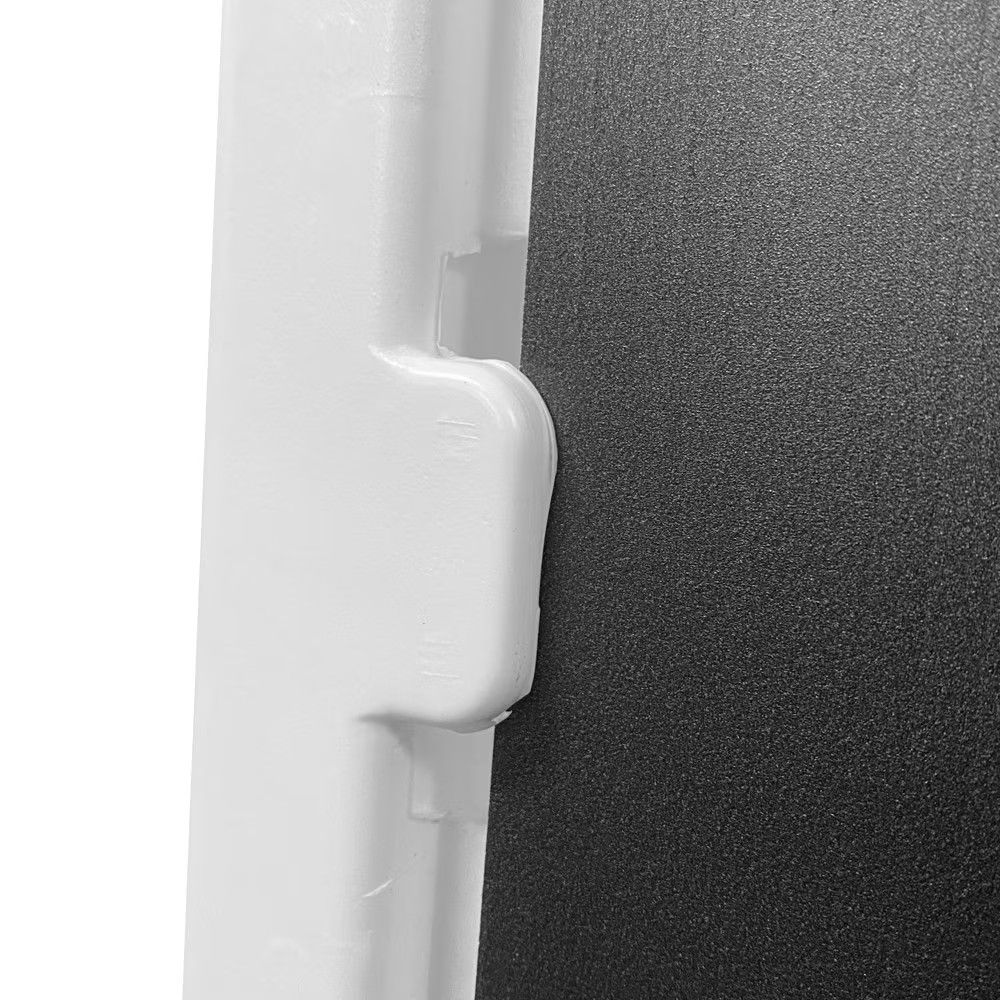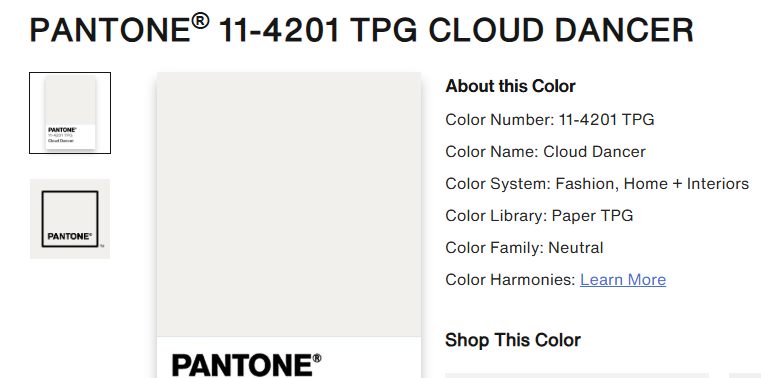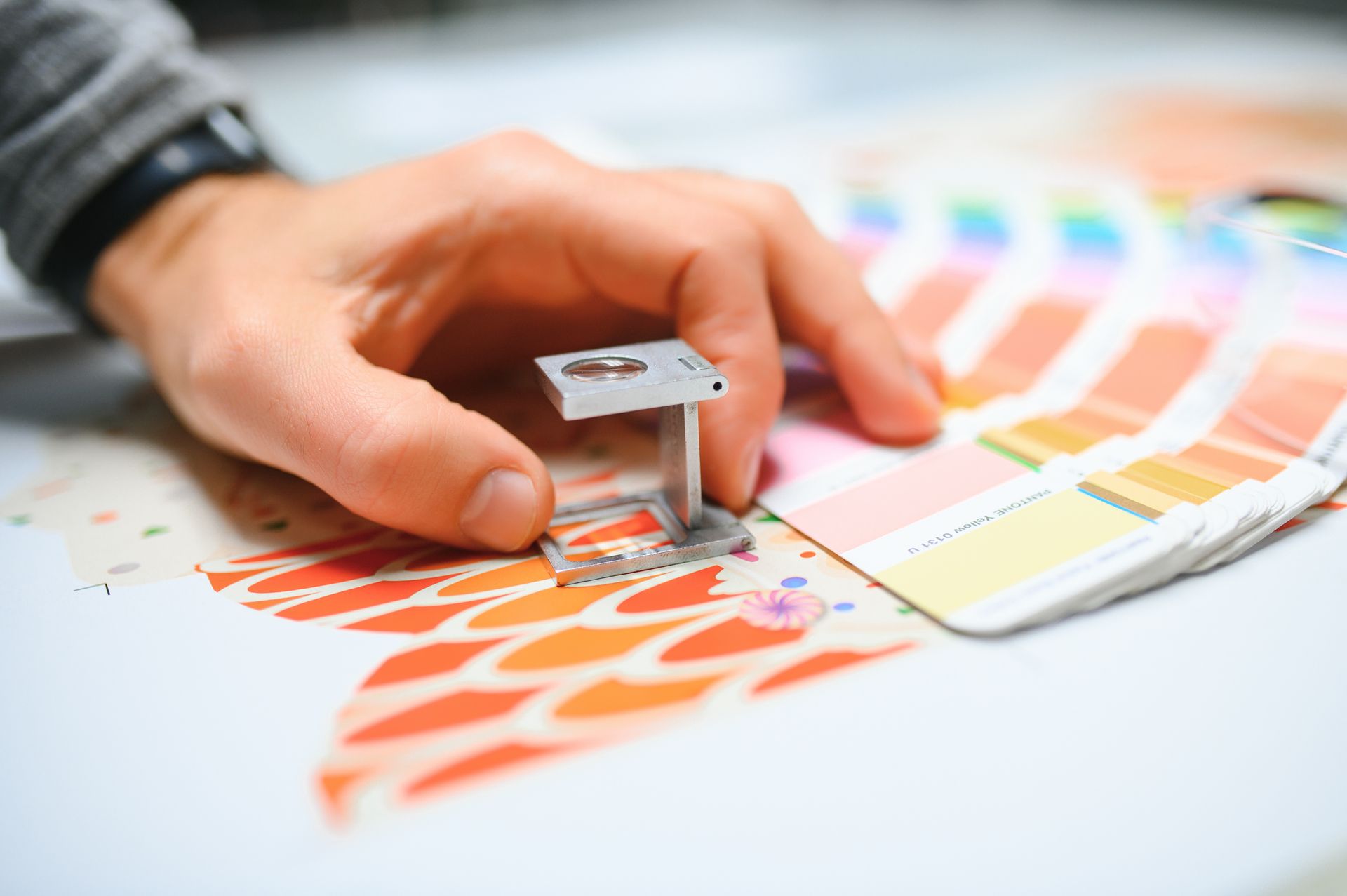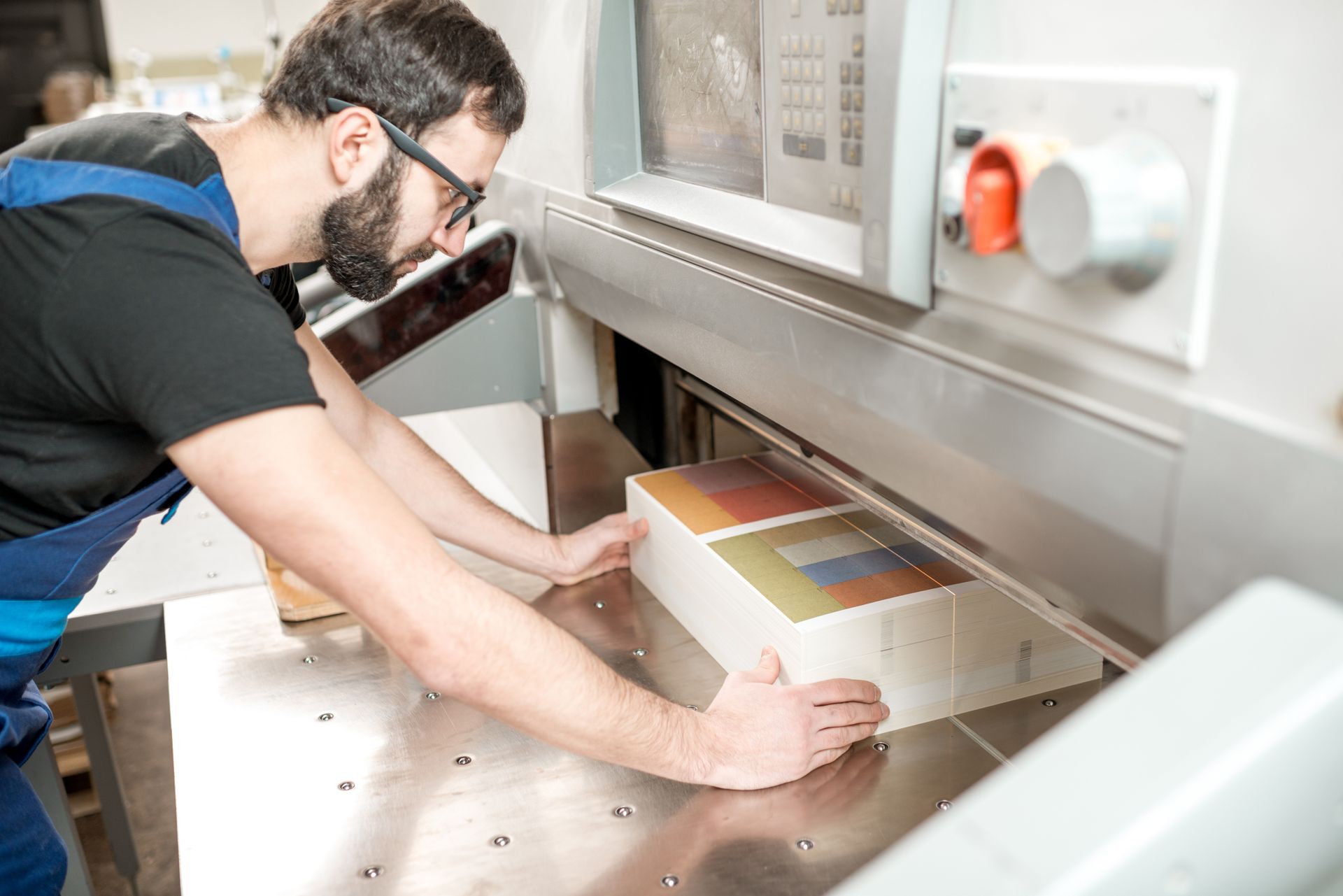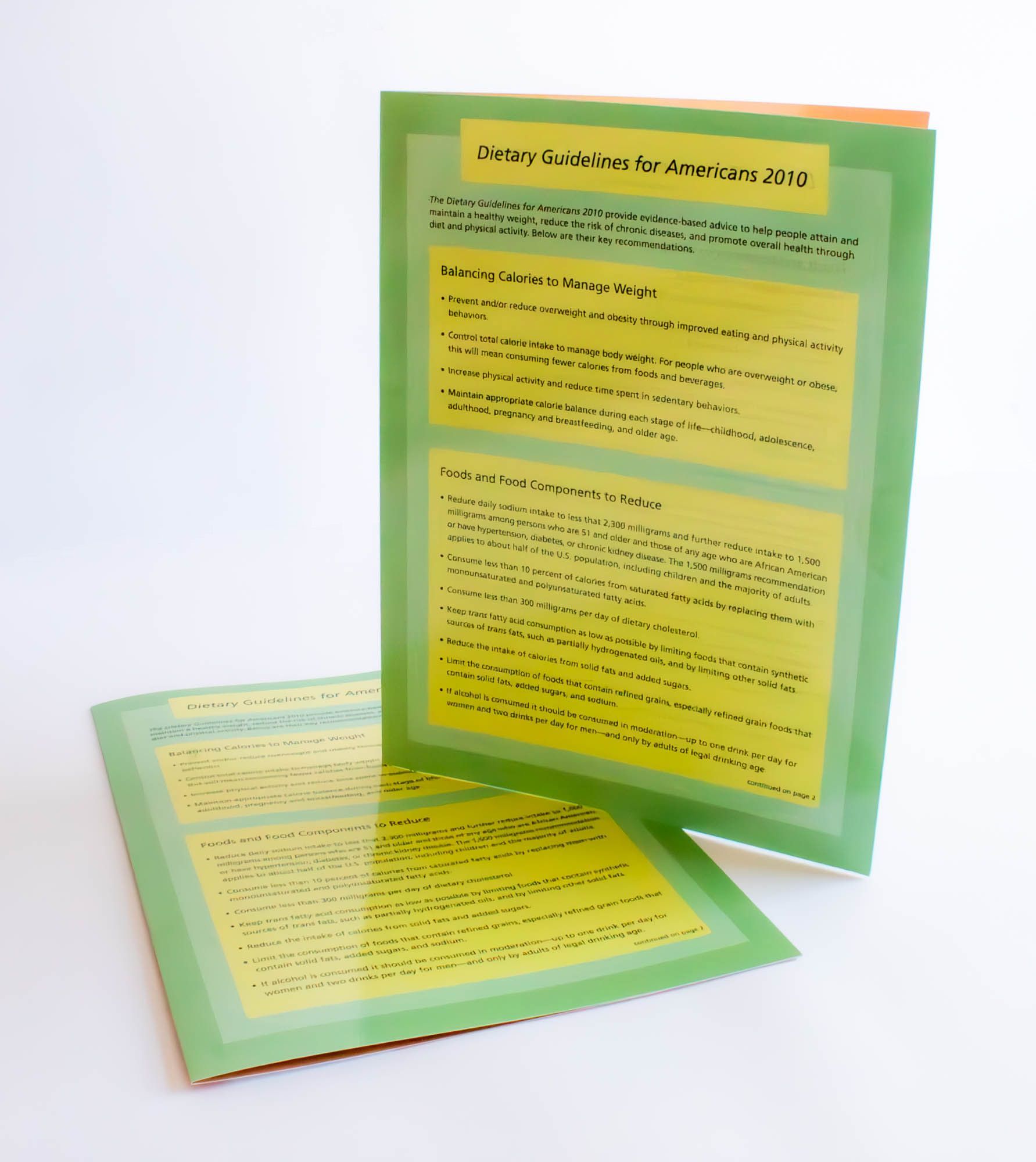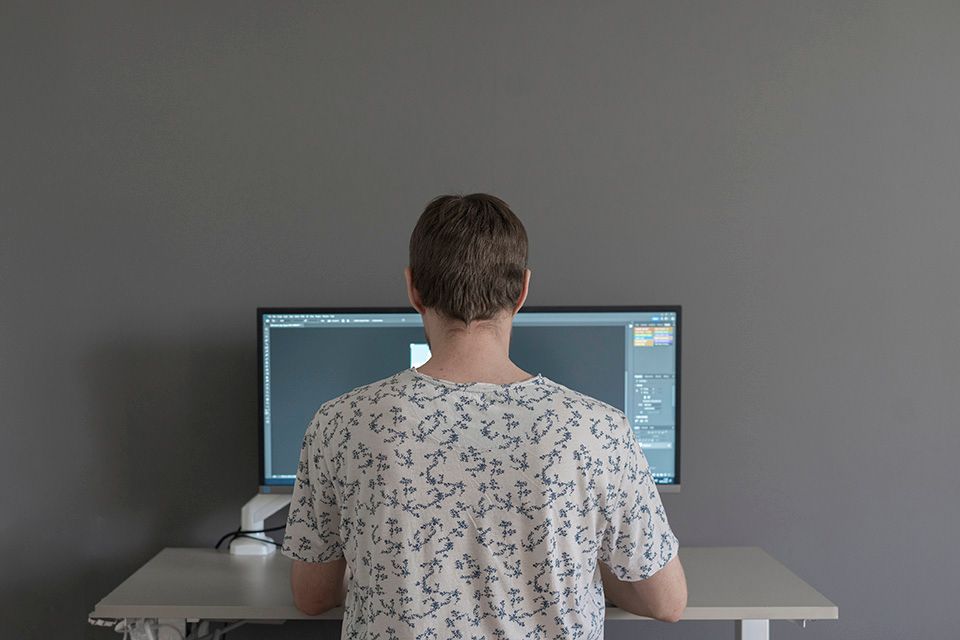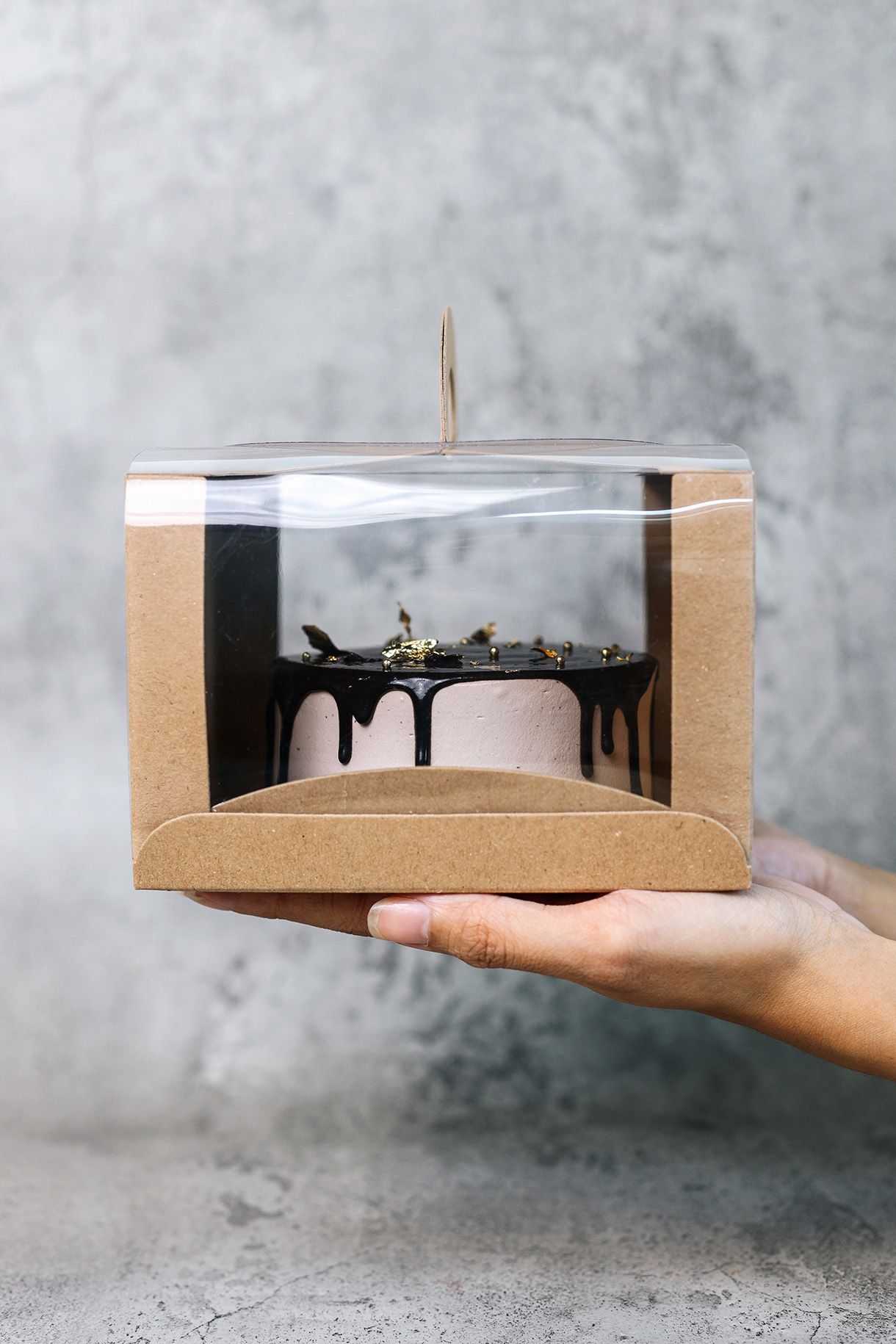The Power of Tactile Marketing: How Print Finishing Enhances Brand Perception
The Power of Tactile Marketing: How Print Finishing Enhances Brand Perception

In the evolving landscape of marketing, the tactile and visual appeal of printed materials remains a powerful tool for creating lasting impressions. Print finishing techniques, such as the use of special inks and soft touch lamination, have proven to be invaluable in enhancing the effectiveness of marketing efforts. For marketing professionals focused on ROI, understanding the financial impact and emotional connection these techniques bring to the table is crucial.
Enhancing Perceived Value and Engagement
One of the primary benefits of print finishing is its ability to elevate the perceived value of marketing materials. Special inks, like metallics and fluorescents, and finishes such as soft touch lamination, provide a luxurious and sophisticated feel. This enhanced tactile experience not only grabs attention but also leaves a memorable impression. In a competitive market, this differentiation can be the key to standing out.
Materials with soft touch lamination, for instance, are more likely to be kept and remembered by recipients. This retention translates into higher engagement rates. According to industry insights, printed materials with these premium finishes can significantly increase consumer response rates, driving higher conversions and sales (MAXIMIZE MARKET RESEARCH) (Plus Printers).
Increasing Sales and Conversions
The direct impact on sales and conversions is a measurable benefit of using print finishing. When consumers interact with high-quality, visually appealing printed materials, they are more inclined to take action. For example, businesses that incorporate soft touch lamination into their brochures, business cards, and packaging often report higher order rates and improved customer loyalty. This tactile enhancement leads to a more profound emotional connection, which is essential for building lasting relationships with consumers (PRPco).
Protection and Longevity
Beyond aesthetics, specialty finishes like soft touch lamination provide practical advantages. These finishes add a protective layer that shields printed materials from scratches, moisture, and general wear and tear. This durability ensures that marketing materials remain in pristine condition for longer periods, extending their effectiveness and maximizing ROI (Plus Printers).
Case Studies and Applications
- Luxury Packaging: In sectors like cosmetics and high-end consumer goods, soft touch lamination enhances the unboxing experience, justifying premium pricing and boosting sales. This strategy is particularly effective in competitive markets where brand differentiation is crucial.
- Business Cards and Brochures: Enhanced with soft touch lamination, these materials not only look more professional but also leave a lasting impression, leading to higher follow-up rates and business inquiries.
The Financial Impact
The market for soft touch lamination is projected to grow significantly, reflecting its increasing adoption in marketing. Valued at approximately $444.5 million in 2022, the market is expected to reach $701 million by 2028, growing at a CAGR of 7.9% (MAXIMIZE MARKET RESEARCH). This growth indicates the significant contribution of specialty finishes to the marketing industry's bottom line.
Conclusion
Print finishing techniques are not just about aesthetics; they bring measurable financial benefits and foster emotional connections with consumers. For marketing professionals, leveraging these techniques can enhance brand perception, improve engagement rates, and drive higher ROI. By integrating special inks and soft touch lamination into marketing materials, businesses can create lasting impressions that resonate with their target audience and ultimately lead to increased profitability.




